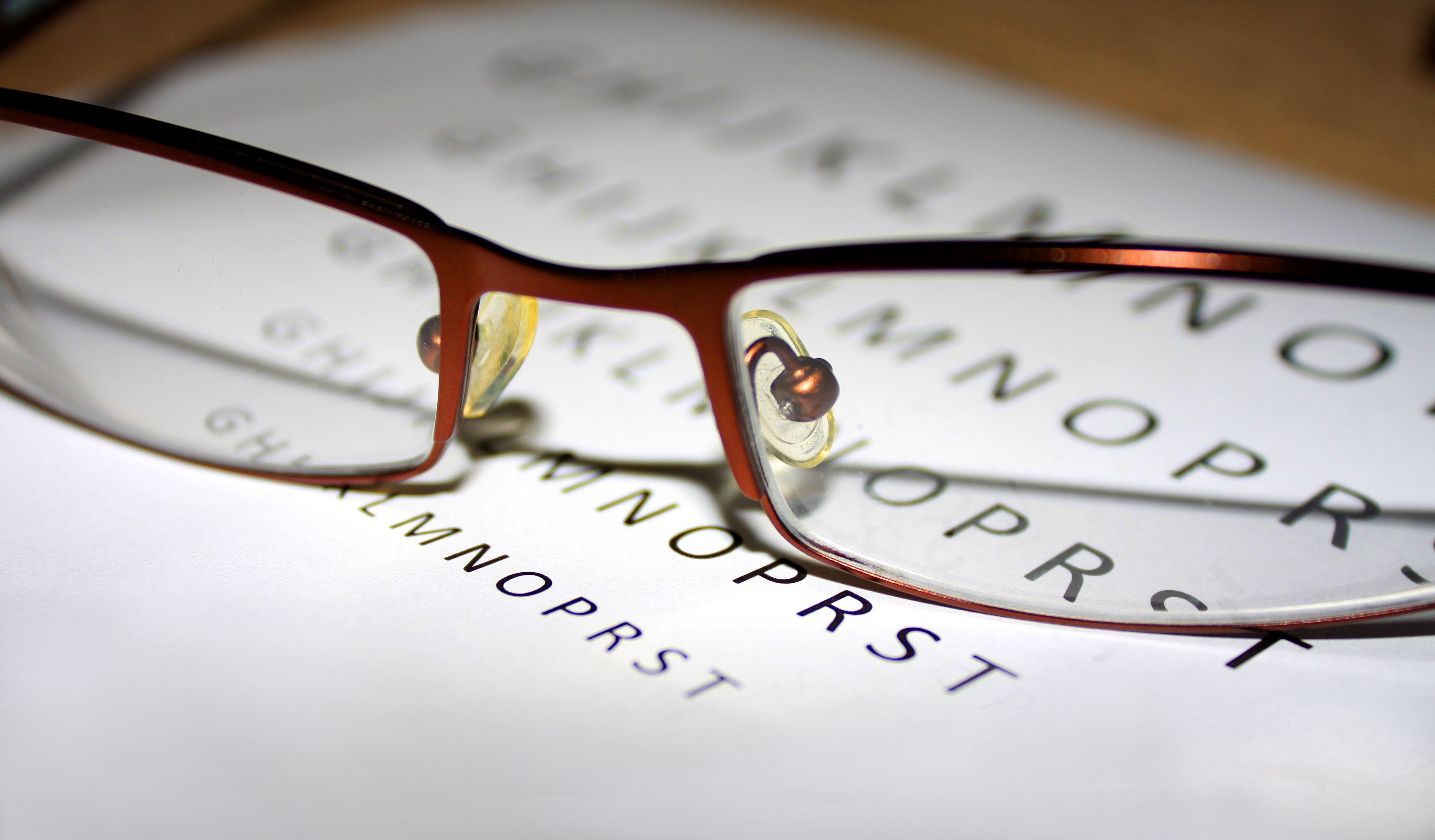Video
Progression of Diabetic Retinopathy
Progressive nature of diabetic retinopathy and the complications that arise from DR in the advanced stages.
Transcript
Robert Wong, MD: Diabetic retinopathy is a small-vessel ischemic disease. When the blood sugars are elevated, it can affect the blood vessels anywhere in your body. It can affect your heart, your kidneys, the nerve endings to the fingers and toes, but it also affects the back of your eye, called the retina, where it primarily affects the arteries and the veins, causing a lack of blood circulation. When the retina is robbed of its blood supply, it gets distressed.
We found that 1 of the factors that is released in a distressed retina is called vascular endothelial growth factor [VEGF]. When VEGF is upregulated in a distressed eye, it causes the existing blood vessels to leak blood and fluid. When it leaks blood and fluid in the center of the retina, called macular edema, that can lead to blurred vision. It can also lead to a lack of blood circulation that can affect the peripheral retina and can make those existing blood vessels grow. When these blood vessels grow, it is called neovascularization, which means new blood vessels. These new blood vessels are very friable. They can bleed into the middle of your eye, and patients can develop a shadow in their vision, which is known as a vitreous hemorrhage. These blood vessels also grow with a scaffolding of scar tissue, and when this scar tissue grows into the vitreous, it can contract, which can lead the retina to be detached, which is called a traction retinal detachment, and that’s a severe form of vision loss.
There are several forms of diabetic retinopathy: the nonproliferative form and the proliferative form. Patients who start with diabetic retinopathy may start with a mild form of nonproliferative diabetic retinopathy, where we see microaneurysms, which are the outpouchings of the blood vessels. These microaneurysms can leak blood and fluid, and that can cause some vision change. As diabetic retinopathy progresses, it can lead to moderate nonproliferative diabetic retinopathy. We often see more retinal hemorrhages in the periphery. We sometimes see cotton wool spots and hard exudates. As it gets even worse, you may see severe nonproliferative diabetic retinopathy.
For severe nonproliferative diabetic retinopathy, we see hemorrhages in all four quadrants of the retina. The blood vessels can have some distortions called venous beading, as well as the development of intraretinal microvascular abnormalities [IRMA]. IRMA can be the precursor to neovascularization. When we see severe nonproliferative diabetic retinopathy, we get more concerned.
The progression of diabetic retinopathy can get worse, and when you have the mild form of nonproliferative diabetic retinopathy, we estimate about a 6% chance of developing into the proliferative form within 12 months. With moderate nonproliferative diabetic retinopathy, it’s about 20 to 40%. In the severe form of nonproliferative diabetic retinopathy, it can progress to proliferative diabetic retinopathy up to 60% of the time within 12 months. When it gets to proliferative diabetic retinopathy, we see the beginnings of neovascularization. When the neovascularization occurs, it can occur from the optic nerve, the retinal vessels in the peripheral retina, as well as the anterior parts of the eye like the iris and the angle. Those can bleed into the middle of your eye and cause vitreous hemorrhage and traction detachments.
The complications when diabetes gets to its advanced stage or when peripheral diabetic retinopathy occurs, neovascularization can stem from the optic nerve, the retinal vessels, or the periphery. These blood vessels can bleed into the middle of your eye, and patients will develop a vitreous hemorrhage and show vision loss. Sometimes these blood vessels will grow scar tissue, and as the scar tissue contracts, it can lift the retina off, which leads to a traction retinal detachment. Patients can go blind from that. In the front of the eye, neovascularization can affect the iris and the angle. If it affects the angle, it can lead to pressure increases as blood vessels block the plumbing system of the outflow of the eye. All these conditions can lead to severe vision loss and blindness within the next few years if untreated.





